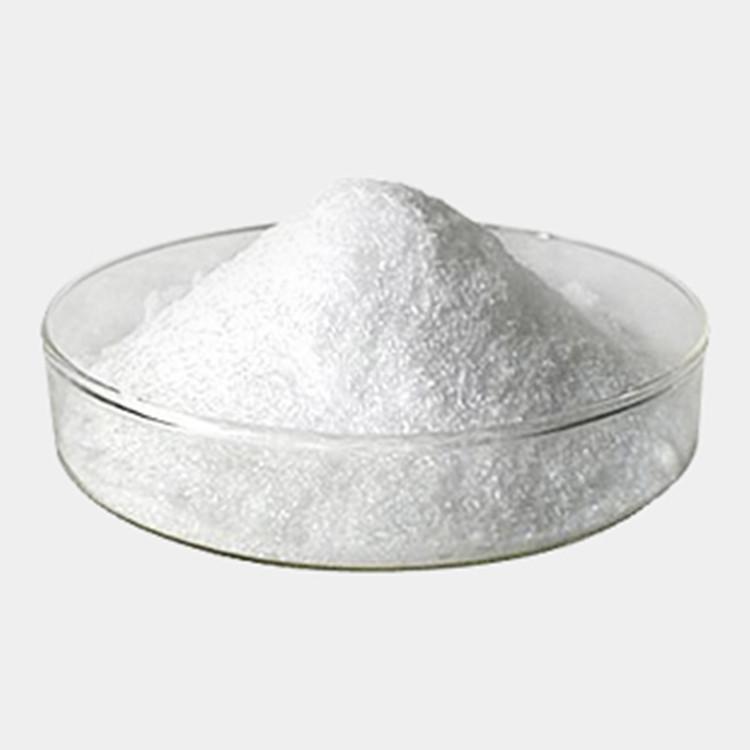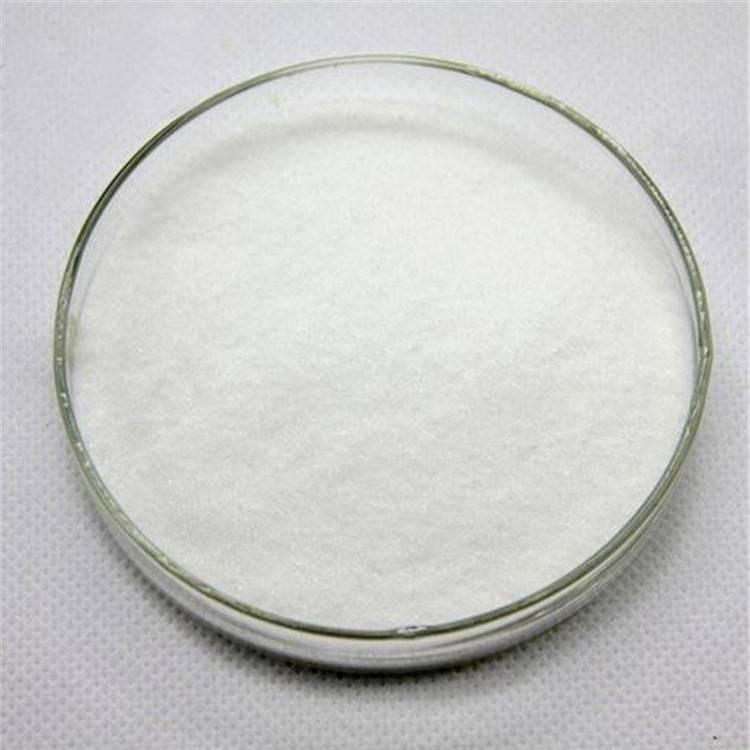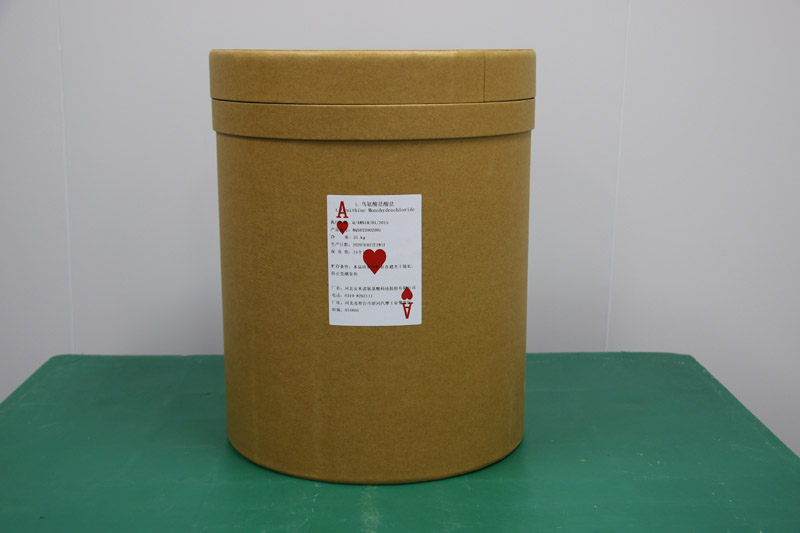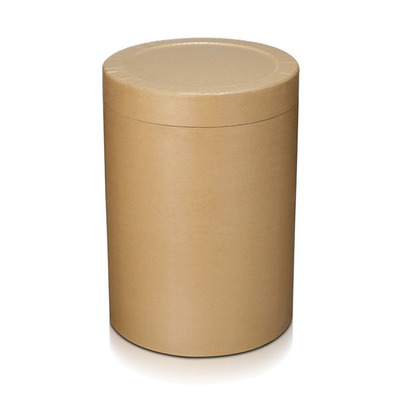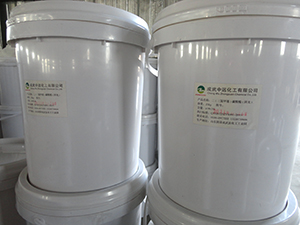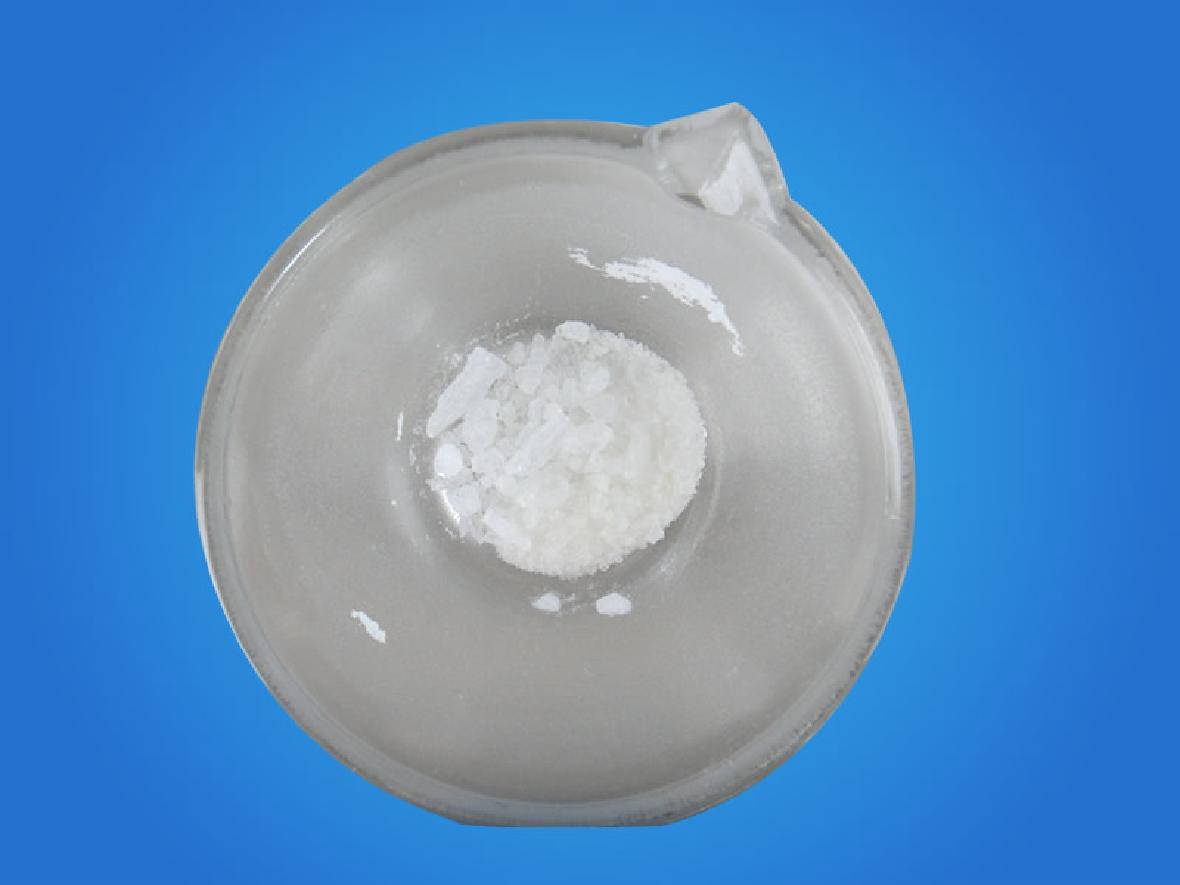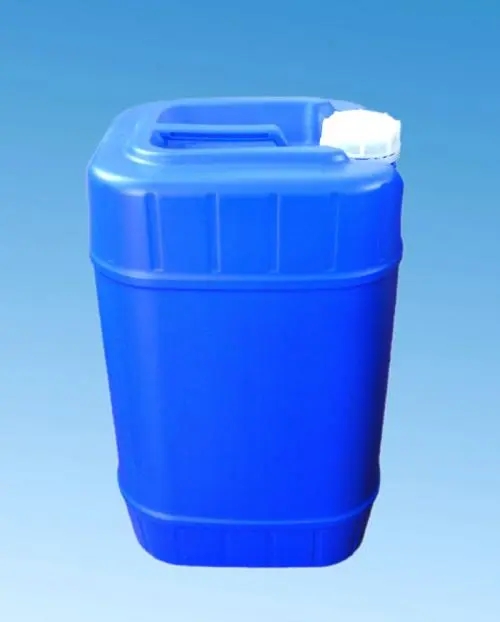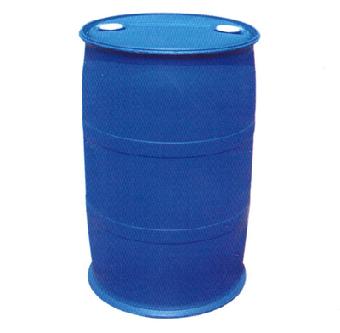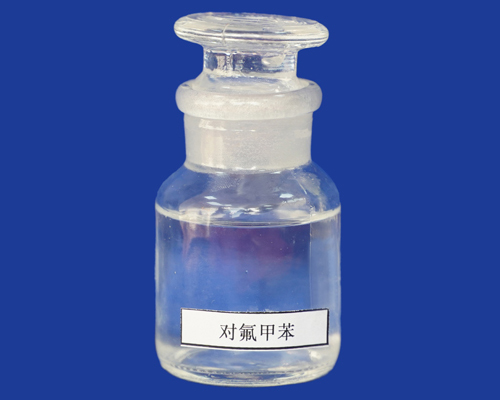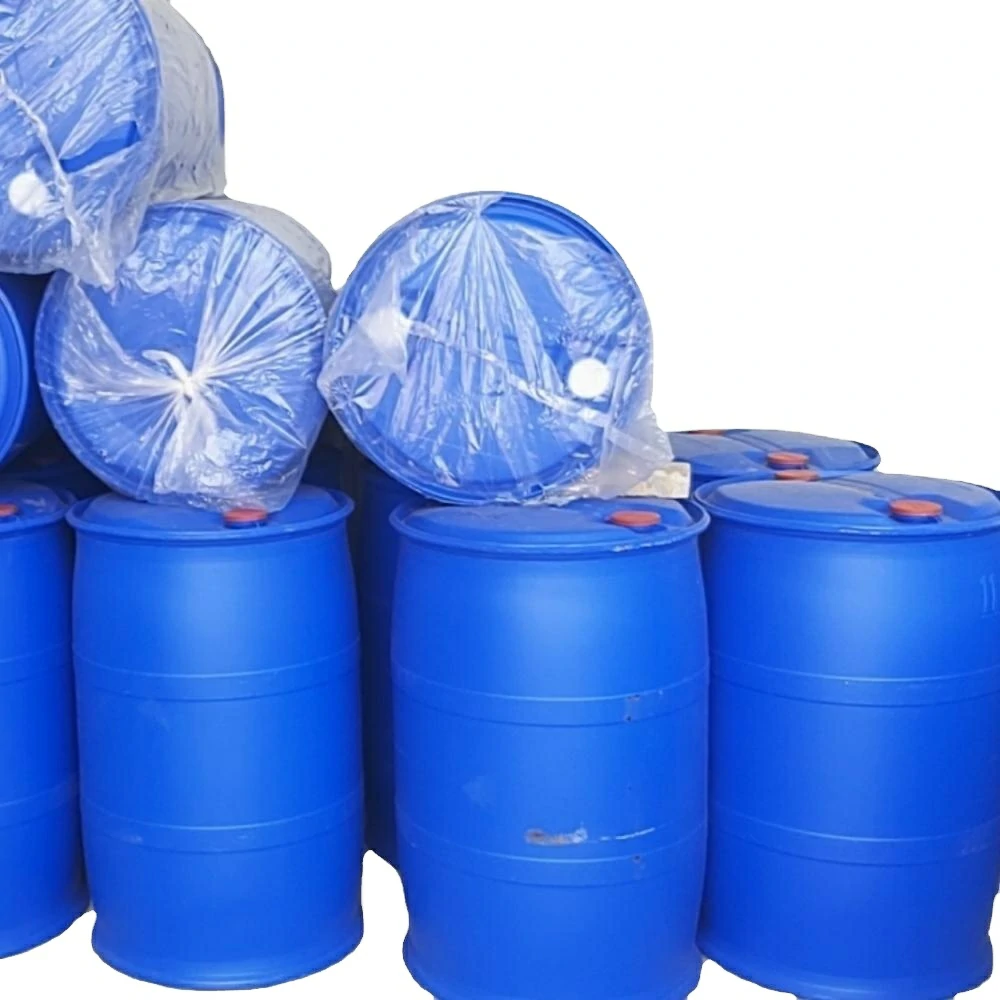Pharmaceutical Raw Materials
Veterinary API
Antiallergic Drugs
Hormones and Endocrine Drugs
Drug Metabolism
Pharmaceutical Intermediates
Synthetic Anti Infective Drugs
Specialty Drugs
Vitamins and Minerals Medicines
Feed Drug Additive
Antineoplastic Agents
Nervous System Drugs
Respiratory Drugs
Diagnostic Agents
Anti Stress Drugs
Antipyretic Analgesics
Antiparasitic Drugs
Circulatory System Drugs
Biochemicals
Blood System Drugs
Immune System Medication
Pharmaceutical Excipients
Fluid, Electrolyte, and Acid-Base Balance
Urinary System Drugs
Antibiotics
Anesthetic Agents
Inhibitors
Other Chemical Drugs
Digestive System Drugs
CAS:3184-13-2
Molecular Formula:C5H13ClN2O2
Alias
More Information
L(+)-Ornithine Hydrochloride; L-Ornithine Monohydrochloride; H-Orn-Oh.Hcl
Brief Introduction
In vivo, ornithine mainly participates in uric acid cycle and plays an important role in the excretion of ammonia nitrogen. In addition to being used as a reagent and injection in medicine, ornithine is usually used together with arginine to prepare foamed drinks for recovering fatigue. Treatment of liver cirrhosis, disease recovery and physical enhancement.Pharmaceutical intermediates, biochemical research, compound amino acid formula combination, peptide synthesis raw materials. According to cultural records, it can enhance human immunity, resist fatigue and is conducive to human health.
Suppliers
View More Vendors (4) >
CAS:32315-10-9
Molecular Formula:C3Cl6O3
Alias
More Information
Tri-Phosgene; Methanol, Trichloro-, Carbonate (2:1); Trichloromethyl Carbonate; Ditrichloromethyl Carbonate; Bistrichloromethyl Carbonate; BTC; Bis(Trichloromethyl) Carbonate; Triphosgene (Bis(Trichloromethyl) Carbonate
Brief Introduction
Triphoto gas (BTC), namely, bis (Trichloromethyl) carbonate, is commonly known as solid phosgene, and the chemical formula is c3cl6o3. It is colorless crystal, has the smell of light gas, mainly used as a substitute for phosgene, and is used in medicine, pesticide and organic synthesis, and has better effect than liquid double light gas. The trioptical gas is prepared by the reaction of dimethyl carbonate and chlorine gas. Three light gas at 130 ° C is decomposed around, and the presence of impurities reduces the temperature. There will also be a small amount of decomposition during atmospheric distillation to generate phosgene and double phosgene (Trichloromethyl chloroformate). When chloride exists, the phosgene can produce phosgene safely and quantitatively, which solves the problem that phosgene can not be quantified in the reaction. Triphosgene can produce almost all reactions of phosgene, and can be used as reagents for chloroformylation, chlorination, carbonylation and some polymerization reactions. It can convert primary amine into isocyanate or substituted urea, carboxylic acid into acyl chloride, alcohol into carbonate or aldehyde (with dimethyl sulfate), aldehyde oxime and amide into nitrile, etc.
Suppliers
View More Vendors (4) >
CAS:348-54-9
Molecular Formula:C6H6FN
Alias
More Information
2-Fluorobenzenamine; Ortho-Fluoroaniline; Aniline,2-Fluoro; 2-Fluoranilin; Aniline,O-Fluoro; 1-Amino-2-Fluorobenzene; Benzenamine, 2-Fluoro-; 2-Fluoro-Aniline; 2-Fluoro-Benzenamin; O-Fluoroaniline; 2-Fluoro-Phenylamine; Fluoroaniline-2
Brief Introduction
O-fluoroaniline is a light yellow liquid, oily; When the amount is small, the color is not obvious. Slightly aromatic, toxic. It can stimulate the skin, and its vapor or smoke can stimulate the eyes, mucous membrane and upper respiratory tract. Enter the human body, can form methemoglobin cyanosis, harmful to the environment, this product is flammable, irritating. O-fluoroaniline is an important intermediate in the synthesis of fluorinated pharmaceuticals and dyes. O-fluoroaniline can be used as an intermediate in pharmaceutical synthesis.
Suppliers
View More Vendors (4) >
CAS:352-32-9
Molecular Formula:C7H7F
Alias
More Information
Benzene, 1-Fluoro-4-Methyl-; 4-Methylfluorobenzene; P-Tolyl Fluoride; Fluorotoluene3; 4-Fluorotoluene; Para Fluoro Toluene; P-Fluortoluol; P-Fluoro-Toluen; 4-Fluoro-1-Methylbenzene; 1-Fluoro-4-Methylbenzene; Toluene,P-Fluoro; 4-Fluoro Toluene
Brief Introduction
Parafluorotoluene is an important raw material for organic fluorine compounds, used in the synthesis of various pharmaceuticals, pesticides, dyes, polymer fluoroplastic intermediates and fluorine-containing aromatic derivatives.
Suppliers
View More Vendors (4) >
CAS:3680-69-1
Molecular Formula:C6H4ClN3
Alias
More Information
6-Chloro-7-Deazapurine; 4-Chloropyrrolo[2,3-D]Pyrimidine; 4-Chloro-7H-Pyrrolo[2,3-D]Pyrimidine; 4-Chloro-1H-Pyrrolo(2,3-D)Pyrimidine
Brief Introduction
4-chloropyrrolopyrimidine is an important pharmaceutical intermediate, which is used as an intermediate for the bulk drug of tofacinib in the treatment of adult patients with moderate to severe rheumatoid arthritis, such as methotrexate underreaction or intolerance. 4-chloropyrrolopyrimidine is also an important raw material for the development of many antibacterial, anti-tumor, anti vertebral worms and other drugs.
Suppliers
View More Vendors (4) >
Inquiry (
10
/ 10
)
Clear All
Sign In
Error!

